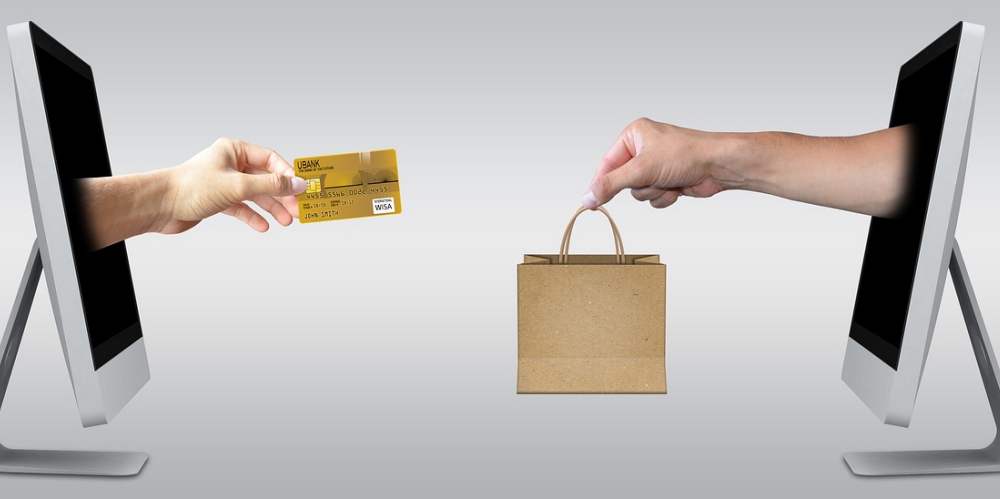
There’s been a lot of talk about Black Friday and Cyber Monday. Much discussion has centered around how for the first time, more holiday sales will occur online than in stores and that with $6.6 billion in sales, Cyber Monday was even bigger than Black Friday. What you don’t hear about as much is how retailers can balance the flood of orders coming through both online and brick-and-mortar.
In the world of supply chains and mass production by manufacturers for retailers, the blockbuster Black Friday-Cyber Monday combination presents huge challenges. Brick-and-mortar locations face long queues and edgy shoppers. Online storefronts have to grapple with potentially site-crashing traffic – all in search of “must have” products, from video games to power tools. In all cases, keeping up with orders and replacing stock in a timely manner is an increasingly tall order.
The Internet of Things (IoT) is changing the equation. The burgeoning technology can potentially bring unprecedented transparency, traceability and operational efficiencies into manufacturing operations to let retail and e-commerce thrive.
IoT adds data to the in-store experience
One reason that online shopping has gotten a leg up on offline retail is that it’s harder for the latter to collect data that can help them improve the experience. Online, you can see every action a consumer took and measure how long they were on site. With brick-and-mortar, that hasn’t been an option.
That’s changing. Wi-fi enabled stores, RFID Tagged products, CCTV cameras monitoring customer movement and digitized checkouts help retailers track offline retail activity. The connected store can bring unit level and person level traceability on how shoppers are moving from aisle to aisle, products they are interested in, their buying behavior and stock movement.
This connected store can help retailers to provide user-specific deals, plan dynamic pricing, and streamline operations. The shopper-centric goods movement data can help retailers streamline overall operations by arranging for appropriate stock and manpower. This is equally or rather more effective possibly for online buyers where things can be driven algorithmically and instantly.
IoT makes it easier to fill orders
To accommodate a huge amount of orders you need optimal production and giant warehouses. But because the warehouses are so big, locating specific products can be a challenge. Here IoT facilitates a connected warehouse, replete with shelf sensors and an IoT platform that can signal autonomous robotic carts to collect the goods. The cart then brings them back to the shipping bay, which saves manual labor and leaves a data trail.
The same sensors also signal a re-order when the inventory reaches a certain level. This avoids an out of the stock scenario. RFID tags and sensors help inventory accounting which aids stocking and boosts profits. This helps retailers make customer-centric decisions on the go, spiking the entire level of customer experience.
No wonder top retailers are seriously looking at IoT to optimize their operations and on-floor processes. For example, Walmart has now filed a patent to try and incorporate a self-driving cart into its floor operations. Over 80% of retailers have adopted and have started implementing some sort of IoT solution.
IoT helps manage the logistics pandemonium
Finally, IoT streamlines the logistics traceability to a whole new level. Retailers are now able to capture the minutest details (SKU level) of the whereabouts of delivered goods.
RFID and IoT based connected warehouses provide an incredible level of accurate measurement of demand and goods location and movement. Retailers can monitor temperature-sensitive or perishable items constantly in the warehouse to keep them viable. An audit trail can also provide data for damage goods and help avoid such incidents in the future.
Ready for the crowds
The mad rush of the holidays can be a high-wire act for retailers because if they fail, the repercussions are huge. IoT can help hedge against such disasters.
Most importantly, over time, IoT will provide data that will help retailers make the next holiday season even better -- and calmer.
Edited by
Ken Briodagh





